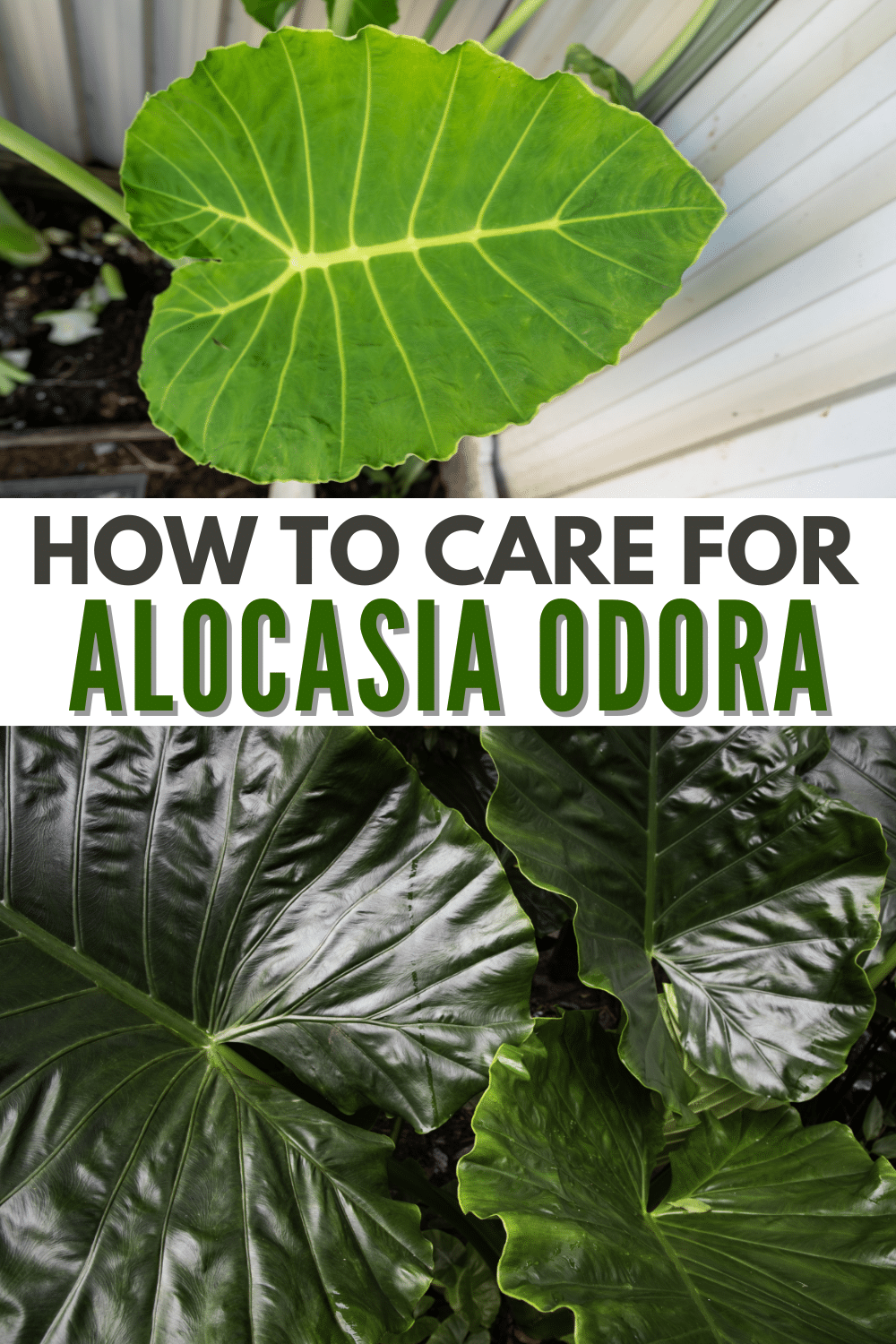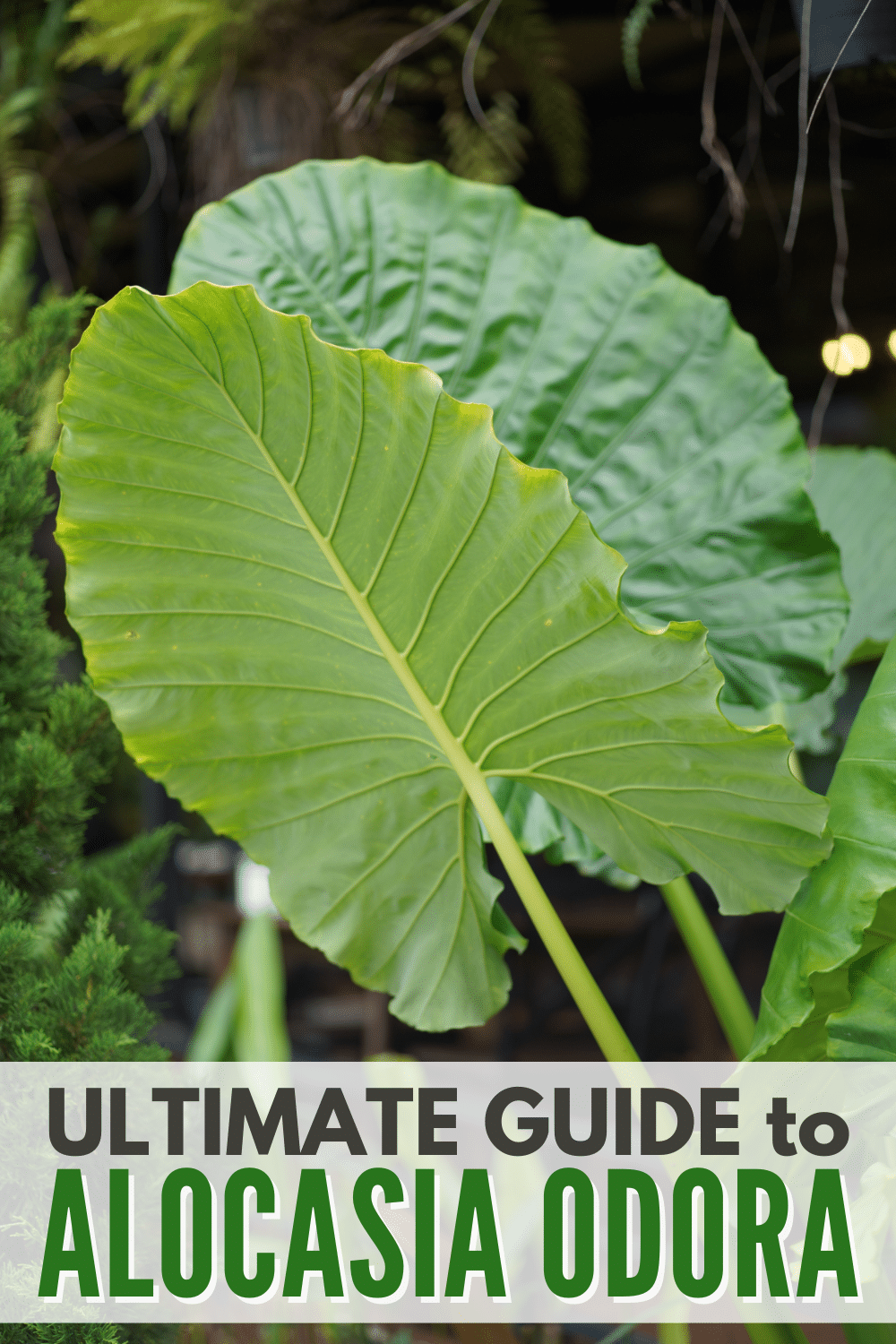The Alocasia Odora is a beautiful addition to any space, and I love how majestic it becomes! A large indoor plant like the Alocasia Odora can be a quick yet stunning solution to brighten any space in your home.
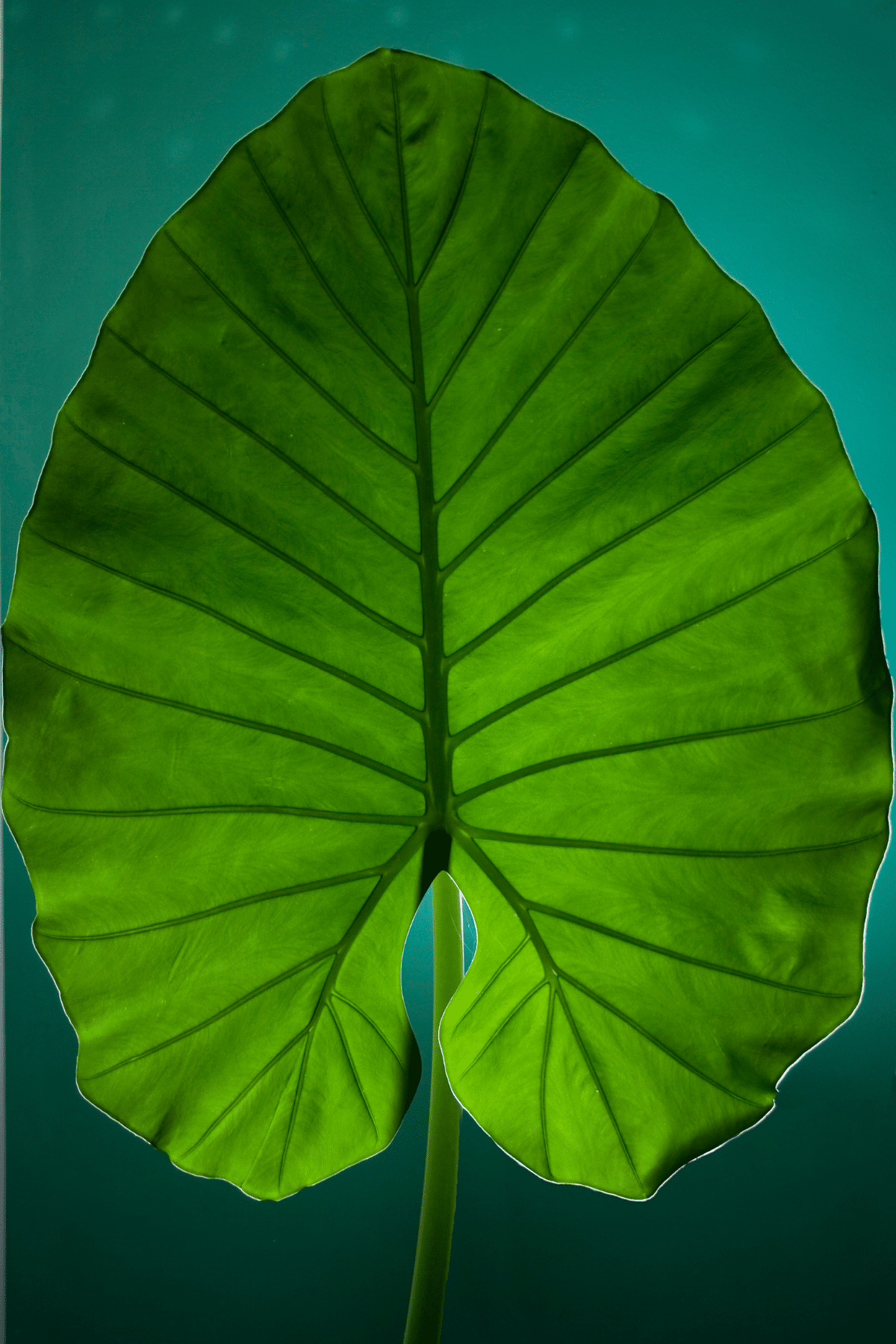
It’s popular for its oversized, heart-shaped leaves with a vivid hue of green, and would make a great addition to your houseplant collection, like these Exotic Indoor Plants. This plant can grow taller than a person and adds a touch of elegance and natural beauty to your home. Who wouldn’t want an ornamental plant like this one?
Its beauty is not the only thing that will attract you to this plant, you’ll also love the fact that it’s easy to maintain. Once you find a perfect place for it, the plant doesn’t require too much upkeep, which is something I know every mom can appreciate. Best of all, it will be a part of your home decor for years.
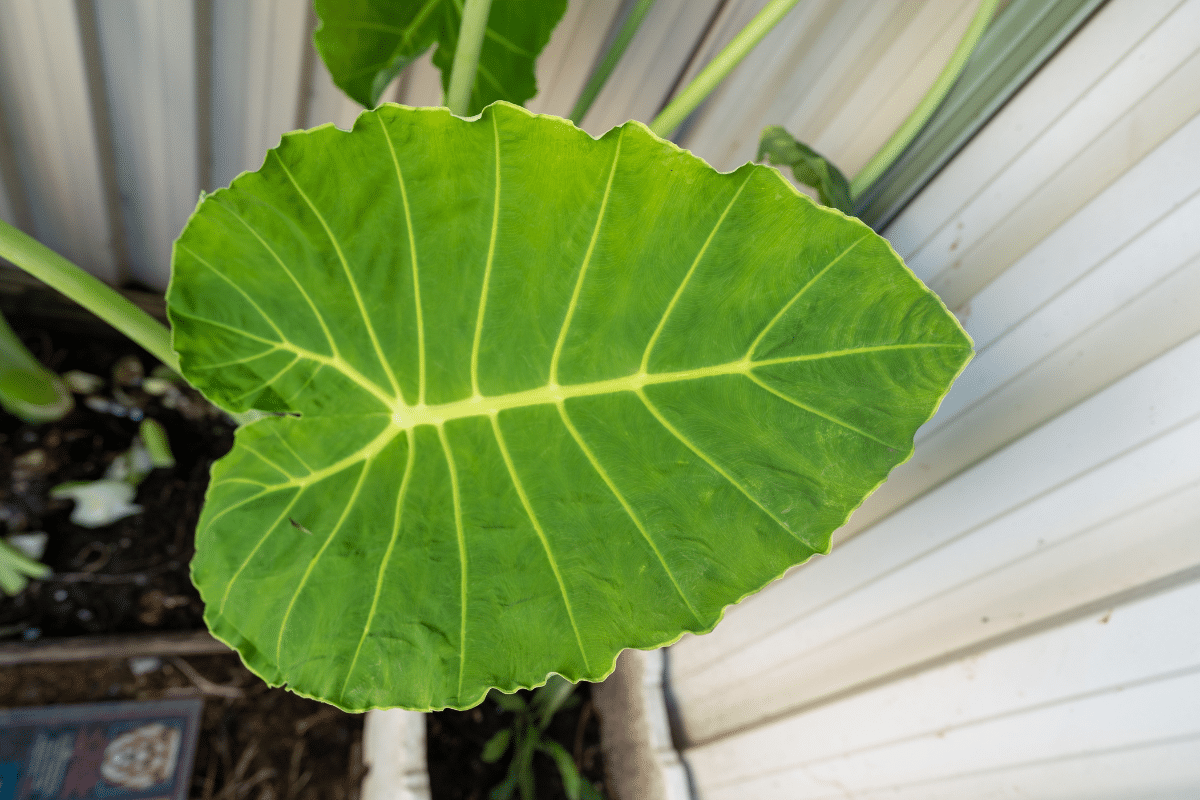
So keep reading to learn how to properly take care of this plant, along with its preferred growing conditions, growing tips, and more!
Jump to:
The Exquisite Giant Upright Elephant Ear Plant
So let’s start with a quick background of the Alocasia Odora. This plant goes by several common names, but the one that seems to describe it best is Giant Upright Elephant Ear. When plant shopping, you might also see it labeled as Night-scented Lily or Asian taro.
This variant of Alocasia comes from various regions in East, South, and Southeast Asia, and it’s one of the Alocasia species from the family Araceae known for their marvelous broad, blade-shaped leaves.
There are also reports of its rhizomes being used for medicinal purposes, although its raw leaves are inedible.
It’s widely popular as an ornamental house plant, and it’s beauty can give you and your guests something to marvel at.
Characteristics and Features
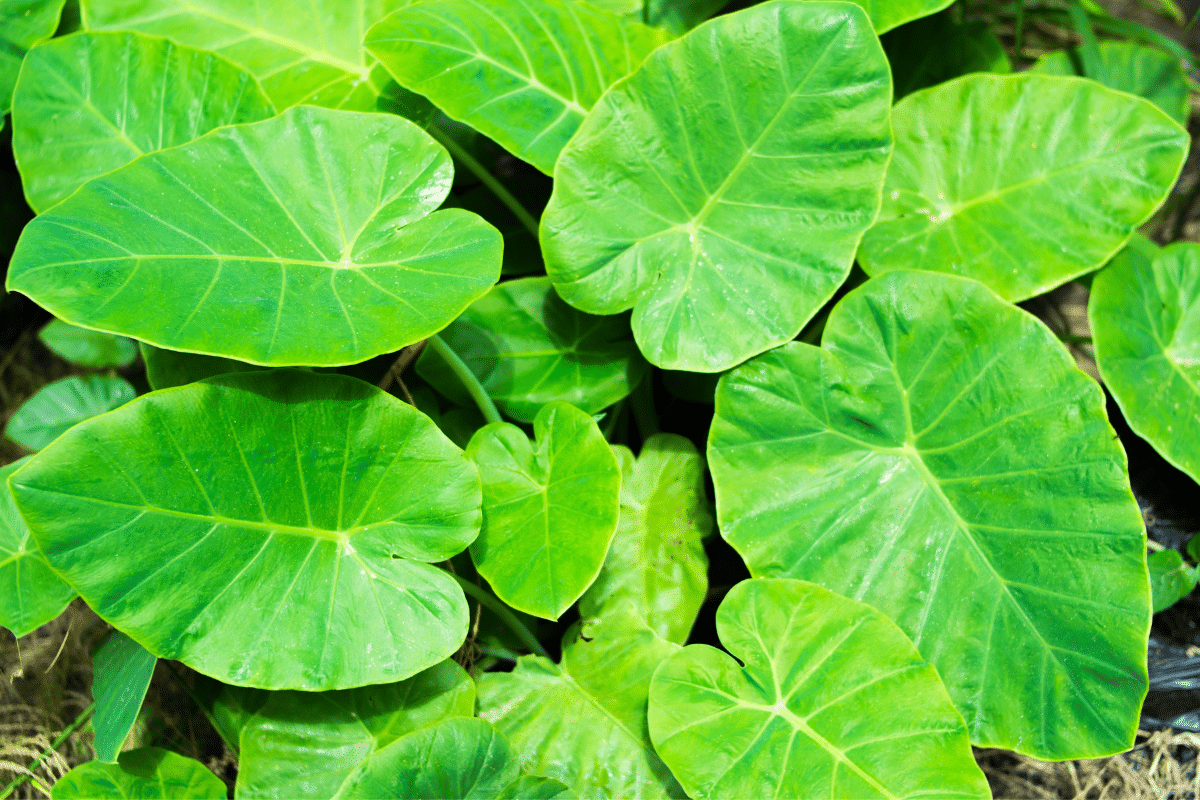
Like other Alocasia species, the plant grows out of a rhizome where several stems can grow. It’s safe to say that the main attraction of this perennial herb is the glossy leaves that can extend 4 feet (130 cm) by 3 feet (100 cm) wide with 9 to 12 lateral veins per side.
The leaves are fascinating primarily because there’s no one way to describe them — they’re ovate at the base but slightly cordate at the tip. The lovely green color makes it easy to match any home decor motif and wall color.
This evergreen can grow up to 2.5 meters, or around 8 feet tall, with petioles stretching up to 1.5 meters, or almost 4 feet at maturity. Depending on where you place it, a plant of this size can also be an eye-catching home centerpiece. Mine hasn’t reached this tall yet, but from everything I’ve read, it grows fast. For more tall plants, check out these indoor trees for low light.
It’s often confused with the Alocasia Macrorrhiza, which is an easy mistake because they look identical at a glance. But they have unique characteristics. For example, the leaves of the Odora have rounder sinuses. The Macrorrhiza is a bigger plant that can grow up to 15 feet tall, while its leaves can reach 8 feet wide.
Alocasia Odora Plant Care and Growing Guide
Its native habitats have tropical climates, so it’s only natural that the plant primarily grows in rainforests with moist biomes. But, you can certainly take care of this plant even when you’re not anywhere near a rainforest.
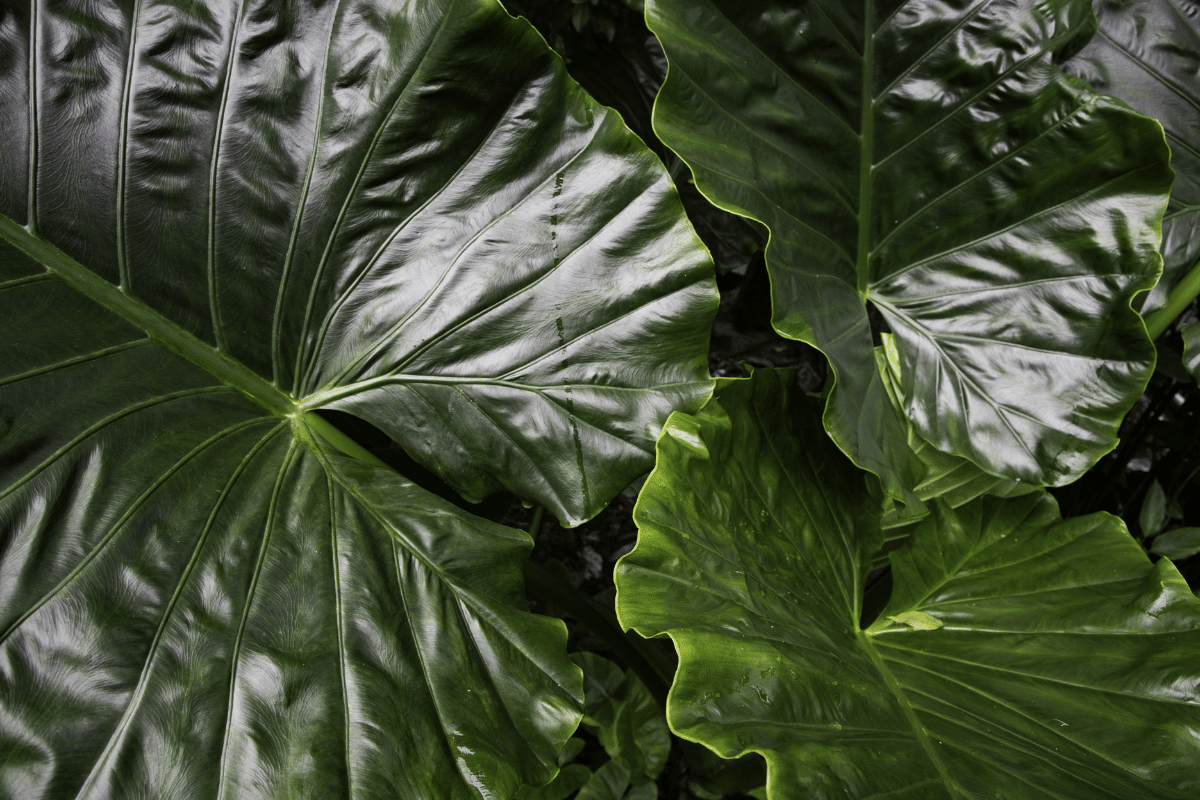
Temperature
Placing this plant in a warm environment is the key to taking care of it. The optimal temperature for this plant is between 65 and 80 degrees Fahrenheit. It’s also going to need an ample humidity level to really thrive.
If you live in a place that gets pretty harsh winters, it’s best to keep your Alocasia inside. They’re not tolerant of freezing conditions and could suffer severely when kept anywhere below 50 degrees Fahrenheit.
Although it’s not really a requirement, you can place a humidifier near this plant because it also loves a humid environment. Another trick you can do is place the pot on a pebble tray to meet its preferred humidity.
Light Conditions
You won’t have any problems growing an Alocasia Odora indoors, you just need to find the perfect spot for it, considering its indirect light needs. Too much direct sunlight can negatively affect the beauty of its paddle-shaped leaves. This is quite an easy mistake to make because we worry that our indoor plants are not getting enough sunshine.
I found that near an east-facing window is where this plant belongs. Just make sure it’s not too close to the window so it’s not scorching, but still getting enough bright indirect sunlight in the morning.
This plant is also great for outdoor spaces, like in a backyard, a greenhouse, or a patio. It may be able to tolerate some direct sunlight, although it’s best to keep the plant where there’s partial shade.
As a general rule, ensure it’s in a room that receives bright and partial light for up to 6 hours daily. Receiving just enough sunlight will help the plant grow vibrant, full leaves.
Water Requirements
Night-Scented Lilies are easy to care for, especially when watering them. You’ll only need to give them water once every two to three weeks during growing seasons in late spring through summer.
While it’s good at soaking in warm temperatures, it also loves growing in soil that’s always moist, but not soggy. You should make it a point to check if the top 2 inches of the soil are starting to feel dry; that’s when you know the plant needs a hydration boost. This way, you can keep the soil moist without overwatering it.
You don’t have to check the soil too often. Doing it once every few weeks would be good.
Use this trick, too, in the late fall and winter. That’s when the plant goes dormant, so it will need less hydration during these seasons. All year round, avoid overwatering it because that can cause damage to your plant.
Soil and Fertilizer Needs
The Elephant Ear plant will grow best in well-draining soil that’s also good at retaining moisture. Go for loose soil rather than a heavier type, so there’s less chance of it being flooded. A potting mix with organic matter like compost, peat moss, and perlite can retain enough moisture without holding too much water.
You may want to monitor the soil’s pH level, which should be kept between 5.5 and 6.5. This will help the plant get as many nutrients as possible.
Since it’s a big plant that grows fast, it will benefit from regular feeding. You’ll only need to feed it every two weeks during active growing seasons in the spring and summer. Then you can bring it down to once a month between late fall and winter when it is somewhat dormant.
A liquid fertilizer in 50% dilution is one of the most suitable choices for this plant. To avoid burns from too much salt deposit as a result of excessive application of fertilizer, don’t go over the biweekly feeding.
Alocasia Odora Plant Propagation
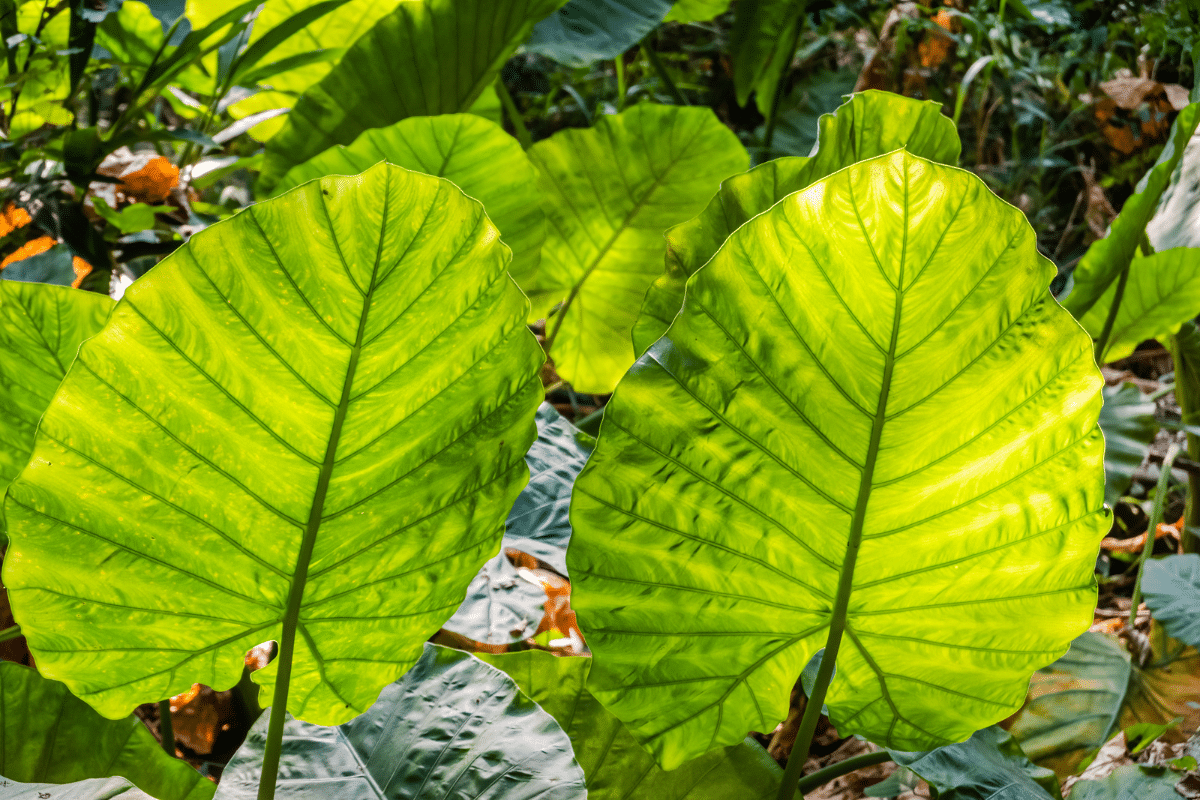
Propagating Giant Upright Elephant Ear plants is commonly done by rhizome division, which you can do in four steps:
Step 1: Remove the plant from the pot or the ground.
Step 2: Carefully separate the tubers from the mother plant.
Step 3: Place the tubers in their own containers, which will be the plantlets to propagate your Alocasia.
Step 4: Follow the same care guide and growing requirements: place them in a well-draining, moist soil mix, give them ample water, and place them in a warm and humid room with bright indirect sunlight. New roots should start sprouting after a few weeks.
Asian Taro Pest and Common Problems
Aphids, mealybugs, and spider mites are common pests that can affect most houseplants, including the Night-Scented Lily. These won’t instantly ruin your plant, especially when you catch them early. Make it a point to check for pests regularly!
You should quarantine any infested plant immediately, then clean it by spraying or wiping the area of infestation with warm soapy water. You can then treat it with an insecticidal soap or neem oil.
While this plant loves humidity, its moisture makes the Asian taro susceptible to fungal and bacterial growth. These issues can lead to common diseases like stem, crown, and root rot that can cause immense damage to your plant.
Don’t overwater your Odora to avoid developing excessive moisture. Good ventilation can also help reduce the risks of these problems.
Night-Scented Lily for Home Decor
Every Alocasia plant is beautiful, whether you choose the Giant Upright Elephant Ear plant or the variegated Alocasias. One good thing is they have fairly similar growing requirements, so they all make desirable plant decorations.
If you decide you want your plant outside, you can plant it directly in the ground (with appropriate soil, of course) or place it in a gorgeous pot. However, you might favor the latter if you love rearranging your home garden or patio.
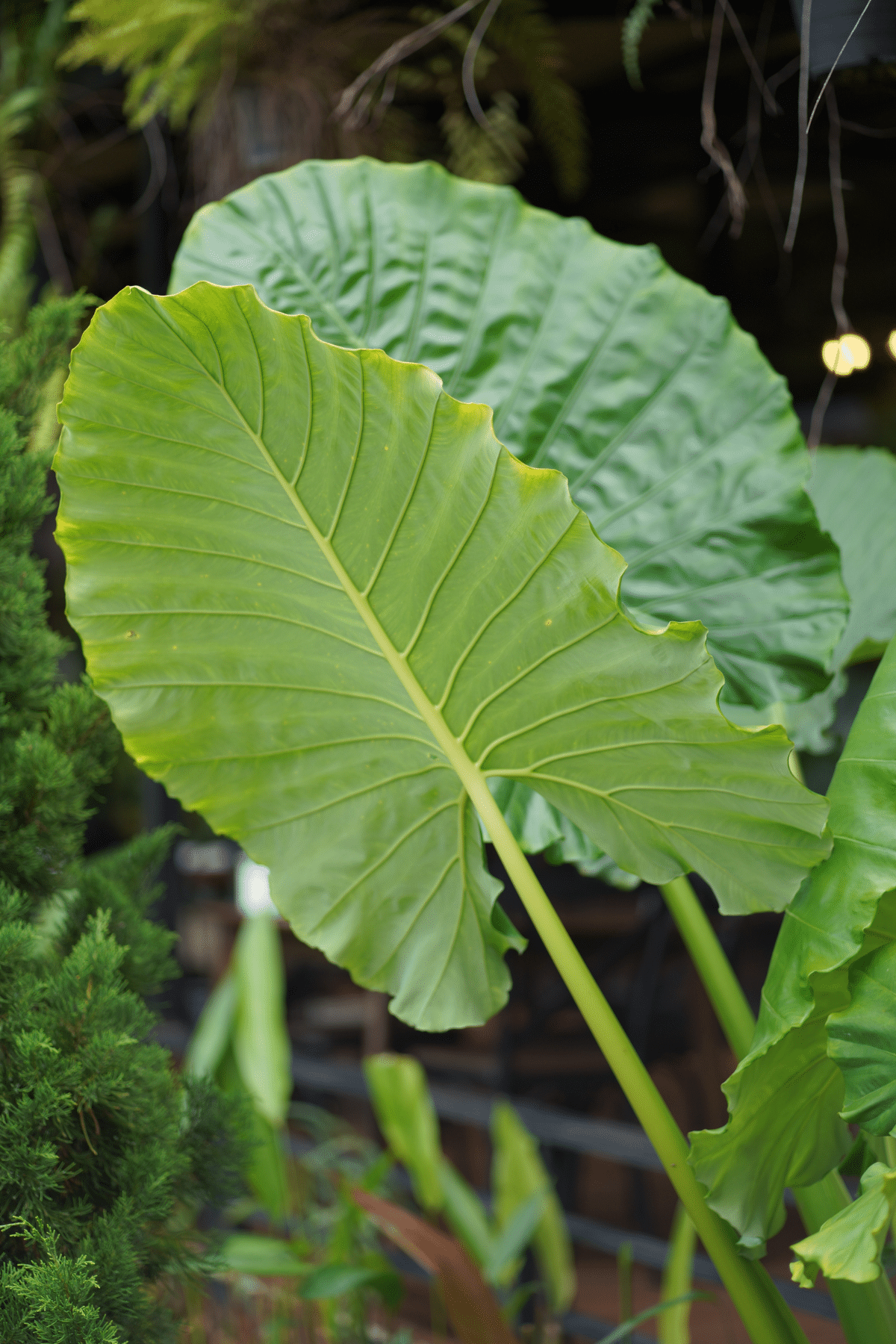
A potted Alocasia Odora can also look great in the pool area or outdoor dining space, with enough room to grow.
If you choose to keep your plant inside, choosing a stylish indoor pot that matches your furniture and interior decorating will elevate its visual appeal. This would also make this plant integral to your home’s overall style.
FAQ
The key to having an alluring Alocasia is keeping its leaves shiny. You can keep them glossy-looking by gently wiping the leaves with a damp cloth. Don’t forget to clean the underside of the leaves as well. Remember that the leaves and stems will look their best when the plant gets proper sunlight, enough moisture, and the right temperature.
Some parts of this plant may have had a history of being used for medicinal purposes, but this plant is toxic to humans and animals. They have calcium oxalate that, when ingested raw, can cause vomiting, mouth pain, and diarrhea when ingested.
Alocasia plants can live for up to two years inside your home. Its lifespan can go beyond 10 years if it’s planted outdoors with optimal growing conditions. Repotting this plant can be done once a year. This should also allow you to separate tubers from propagating new plantlets.
Spruce Up Your Home With Alocasia Odora
The Alocasia Odora is a great option whether you’re a devoted plant enthusiast or you’re just looking to add a soothing tropical look to your home. It’s low-maintenance, and just needs the right space in your home to get the warmth, sunlight, and humidity it needs to thrive.
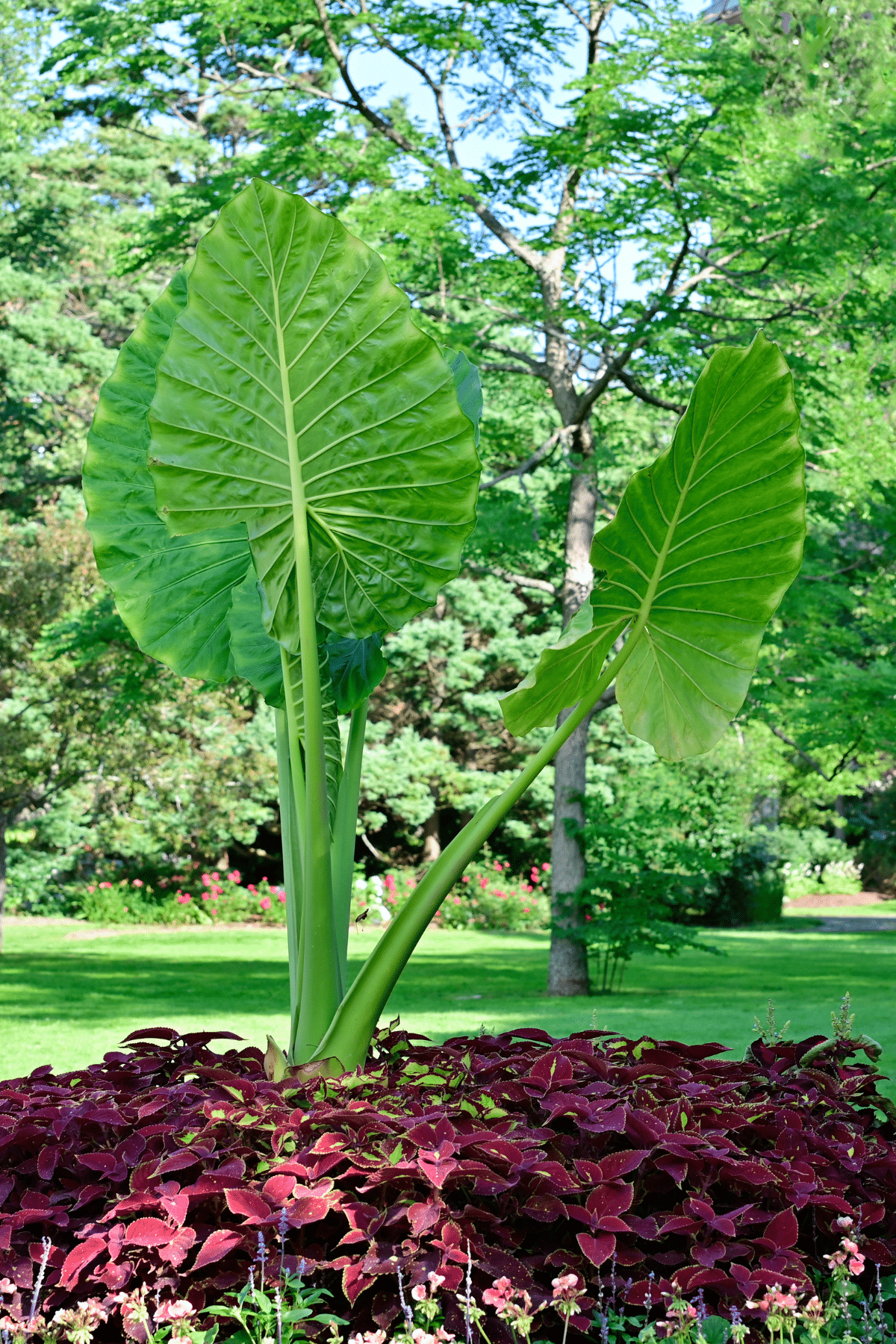
With these things in place, this plant can grow into a gorgeous, living accent to your interior decorations. It’s also magnificent enough to be the center of attraction and something to flaunt to anyone visiting your lovely home.

